The history and development of Molten Salt Fission Energy powered by Thorium is a fascinating one, with many twists and turns that have shaped the direction of the technology. In the 1950s, President Dwight Eisenhower initiated the “Atoms for Peace”(1) program, which was designed to break the military-industrial complex and promote the peaceful use of nuclear energy. This enthused a number of scientists, including Dr. Alvin Weinberg(2) and Dr. Eugene Wigner, who already saw the potential for using nuclear energy as a clean and abundant source of power and where dismayed at the use of their work on the Manhattan Project to kill massive numbers of women and children(3).
The development of Molten Salt Fission Technology powered by Thorium can be traced back to the 1950s and 1960s, when a group of scientists and engineers at Oak Ridge National Laboratory in Tennessee started working on the concept. They were looking for a way to improve the safety and efficiency of nuclear energy without creating a path to weapons, and they saw the potential in using thorium as a fuel. Thorium is a naturally occurring element that is abundant in many parts of the world, and it can be used to produce nuclear energy without the risk of weapons proliferation(4).
However, despite this initial enthusiasm, in the 1970’s the development of Molten Salt Fission Energy was soon stymied by a number of obstacles. One of the main challenges had been the introduction of the Linear Non Threshold (LNT) and As Low as Reasonably Achievable (ALARA) principles by the Rockefellers, who intended to limit the growth of nuclear energy in order to protect their oil businesses. This was done by feeding on the fear of the unknown among the uneducated public and by using the fraudulent work of Professor Hermann Muller from his 1928 fruit fly research(5). As John Kutsch points out in his presentation(6), this was a critical turning point in the development of fission technology.
One of the key figures against the development was Hyman Rickover(7). Rickover was a bulldog of a man, determined to have pressure water fission machines running on uranium installed in his submarines. He was equally determined to redirect public funds away from the development of Molten Salt Fission Technology. This was because he couldn’t use that technology for his submarines and wanted the money for his own research programs. Despite these efforts, however, the development of Molten Salt Fission Technology powered by Thorium still continued.
A major step in this development was the creation of the Molten Salt Reactor Experiment (MSRE) at the Oak Ridge National Laboratory in Tennessee. The MSRE was designed to test the feasibility of using molten salt as both a coolant and fuel for a fission machine. The experiment was a huge success, proving that the technology was both safe and efficient. The MSRE operated from 1965 to 1969 and provided valuable data on the behavior of molten salt as a coolant and fuel. This data helped to lay the foundation for the continued development of Molten Salt Fission Technology, however 1972 saw the dismissal of Dr. Weinberg and the defunding of all Molten Salt work. Led by President Nixon, the hegemony was intent on snuffing out any competition, which Molten Salt Fission Technology clearly was.
We remain in debt to Dr. Weinberg who continued to document, speak and promote their documented achievements until his passing in 2006 – just long enough for his material to be picked up and spread via the Internet(2).
The next step in the development of Molten Salt Fission Technology was the creation of the Integral Fast Reactor (IFR) program(8). This program was initiated in the 1980s by the U.S. Department of Energy. The goal of the IFR program was to create a fission machine that was capable of recycling its own fuel, reducing the need for new fuel to be mined and demonstrating the efficient and safe use of high temperature molten systems – those ideally suited for Thorium Fission. The IFR program was a huge success, demonstrating the feasibility of closed fuel cycles for fission machines. The IFR program also provided valuable data on the behavior of fast-neutron-spectrum fission burners, which are critical components of modern fission technology. And, true to form. this program also suffered at the hands of it’s competition with the program being cancelled 3 years before it was completed in 1994 by Clinton and his oil cronies. Ironically, at the same time that excuses where being pushed through Congress to defund the program by Clinton and Energy Secretary Hazel R. O’Leary, O’Leary herself awarded the lead IFR scientist, Dr. Yoon Chang of Argonne Labs, Chicago(9) with $10,000 and a gold medal, with the citation stating his work to develop IFR technology provided “improved safety, more efficient use of fuel and less radioactive waste.”
“My children were wondering, Why are they are trying to kill the project on the one hand and then giving you this award?” Chang said with a chuckle. “How ironic. I just cannot understand how a nation that created atomic energy in the first place and leads the world in technology in this field would want to take a back seat on waste conversion,” Chang said. “I also have confidence in the democratic process that the true facts and technological rationale will prevail in the end.” Dr. Chang during an interview published 8 February 1994 by Elaine S. Povich(10), then a Chicago Tribune Staff Writer(11).
Despite these setbacks, there has been a resurgence of interest in Molten Salt Fission Energy in recent years, with a number of programs and initiatives being developed around the world. In France, the National Centre for Scientific and Technical Research in Nuclear Energy( CRNC ) is working on a number of projects related to this technology, including the development of a prototype fission burner. In Switzerland, ETH Zurich (home of Einstein’s work on E=mc^2) is also exploring the potential of Molten Salt Fission Energy, with a number of projects underway.
There are also a number of other countries that are actively pursuing Molten Salt Fission Energy, including the Czech Republic, Russia, Japan, China, the United States, Canada, and Australia. Each of these countries has its own unique approach to the technology, and is working to advance the state of the art in different ways.
In conclusion, the history and development of Molten Salt Fission Technology powered by Thorium is a fascinating subject that highlights the innovations and advancements in the field of nuclear energy. From the “Atoms for Peace” program initiated by President Dwight Eisenhower, which attracted prominent scientists like Dr. Alvin Weinberg and Dr. Eugenie Wigner, to the efforts of Hyman Rickover to redirect public funds away from the technology, this technology has faced numerous challenges along the way. The introduction of Linear Non Threshold (LNT) and As Low as Reasonably Achievable (ALARA) by the Rockefellers in an effort to stop the growth of nuclear energy and the fraudulent work of Professor Hermann Muller have also played a significant role in the history of this technology.
Despite these challenges, the potential benefits of using Thorium as a fuel source for fission burners are significant. The technology is considered safer and more efficient than traditional nuclear reactors, and it has the potential to produce much less nuclear waste. Additionally, the abundance of Thorium on Earth makes it a more sustainable source of energy than other options, such as uranium.
While much work remains to be done to fully realize the potential of Molten Salt Fission Technology powered by Thorium, the future looks bright. In the next 15 years, we can expect to see significant advancements in the technology in many parts of the world, including new designs and prototypes that will demonstrate the full potential of this technology. And, in our children’s’ children’s future, 50, years and more, we can imagine a world where Molten Salt Fission Technology is the main component of our energy infrastructure, providing clean, safe, and sustainable energy for everyone.

Links and References
- https://thethoriumnetwork.com/2022/10/04/confidence-in-nuclear-energy-the-acceptance-of-evidence-should-replace-traditional-caution/
- https://www.patreon.com/posts/dr-alvin-m-of-39262802
- https://thethoriumnetwork.com/2022/02/26/episode-8-more-beer-more-bananas-unintended-consequences-chapter-3-part-2/
- https://thethoriumnetwork.com/2022/06/02/episode-21-proliferation-not-on-our-watch-unintended-consequences-chapter-8-part-5/
- https://thethoriumnetwork.com/2022/02/12/the-big-deceit-episode-6-unintended-consequences-chapter-2/
- “John Kutsch – Using Thorium to Revolutionize the Energy Industry – YouTube.” YouTube, 11 Oct. 2018, https://www.youtube.com/watch?v=AmWvxNeBNlU
- https://thethoriumnetwork.com/2022/04/07/episode-13-whats-so-great-about-nuclear-power-unintended-consequences-chapter-6-part-1/
- https://en.wikipedia.org/wiki/Integral_fast_reactor
- https://www.linkedin.com/in/yoon-chang-a479205/
- https://www.linkedin.com/in/elaine-povich-33204813/
- https://www.chicagotribune.com/news/ct-xpm-1994-02-08-9402080355-story.html
- “Atoms for Peace.” Department of Energy, DOE, http://www.energy.gov/artificial-intelligence-and-technology-office/atoms-peace.
- “Linear No-Threshold Theory.” Wikipedia, Wikimedia Foundation, 17 Nov. 2020, en.wikipedia.org/wiki/Linear_no-threshold_theory.
- “As Low As Reasonably Achievable (ALARA) | Radiation Protection | US EPA.” Environmental Protection Agency, 19 Oct. 2020, http://www.epa.gov/radiation/as-low-reasonably-achievable-alara.
- “Hyman Rickover.” Wikipedia, Wikimedia Foundation, 12 Dec. 2020, en.wikipedia.org/wiki/Hyman_Rickover.
- “Hermann Joseph Muller.” Wikipedia, Wikimedia Foundation, 18 Nov. 2020, en.wikipedia.org/wiki/Hermann_Joseph_Muller.

#Thorium #ThoriumMoltenSalt #ALARA #LNT #Weinberg




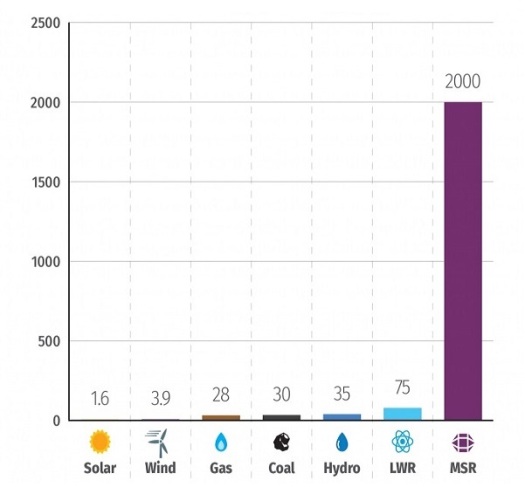



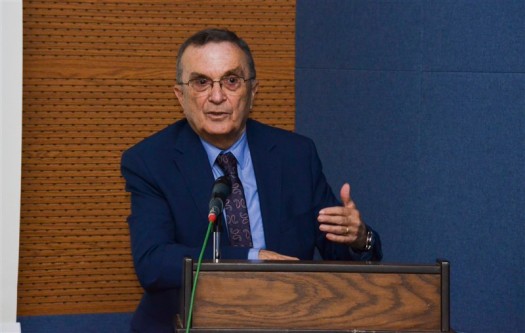




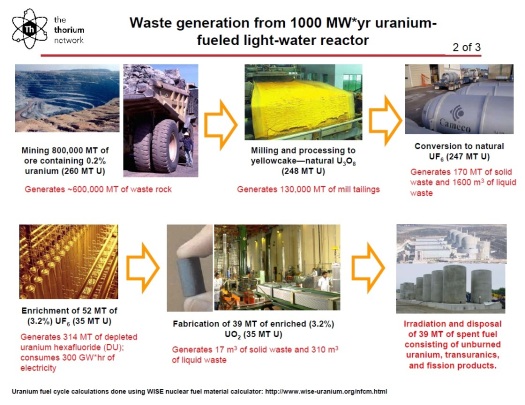






















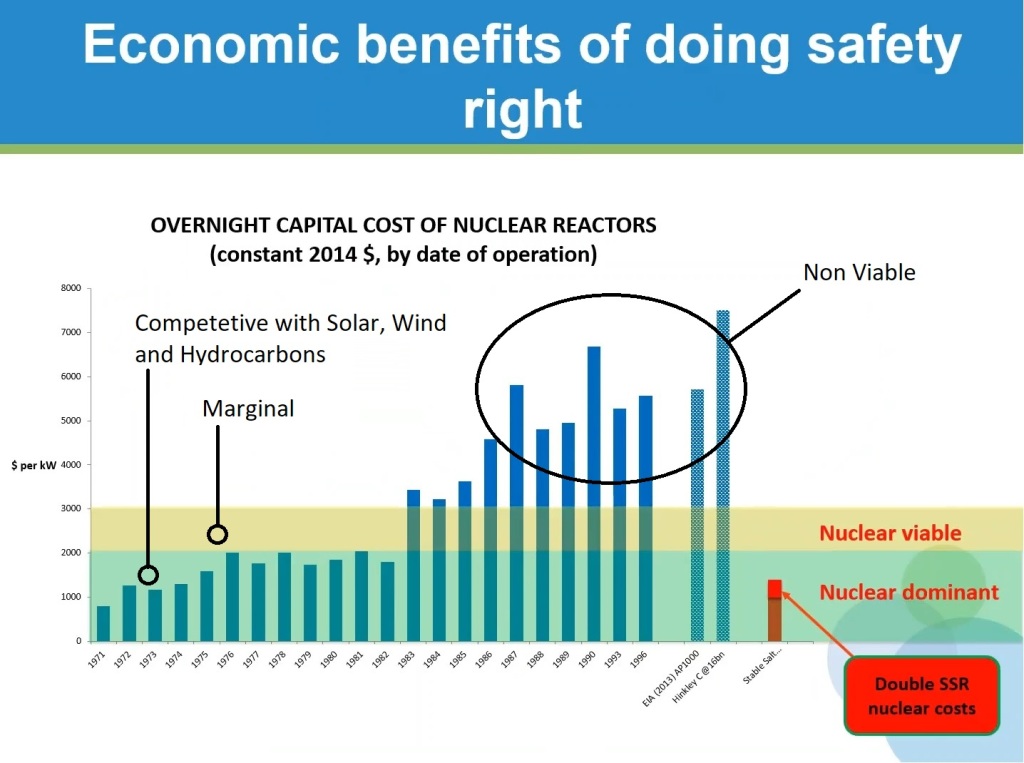
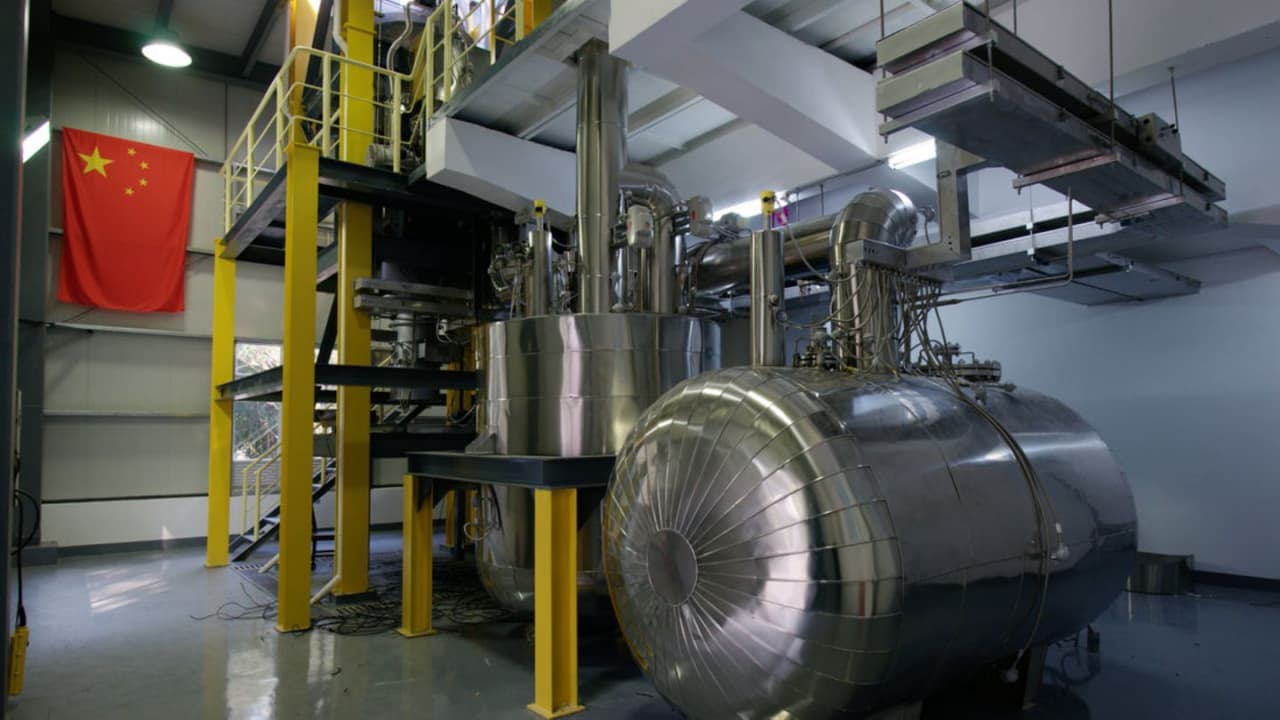


You must be logged in to post a comment.